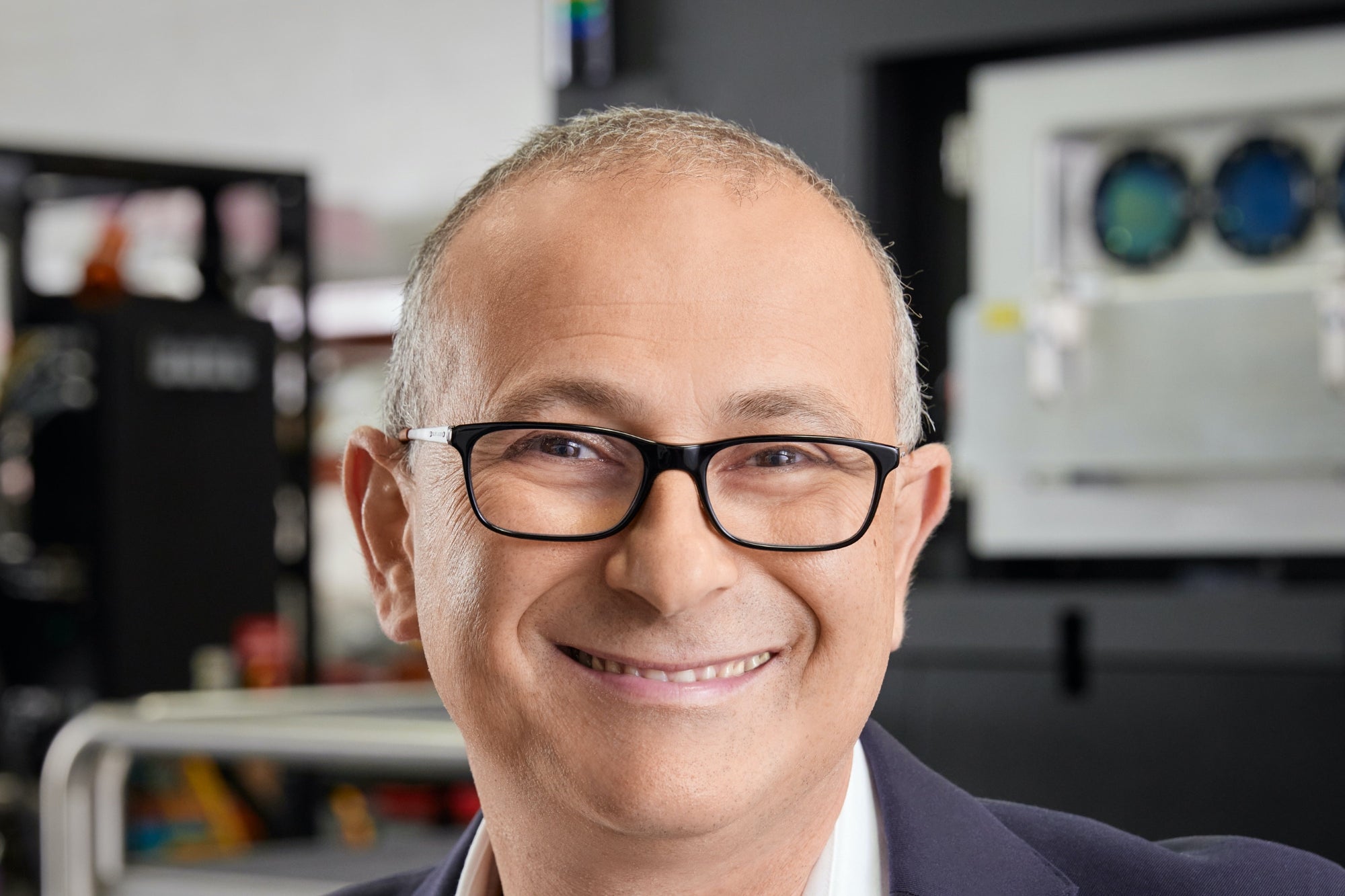By Dr. Nicole Z. Lawrence, M.D.
Contributing writer
I had a telemedicine appointment with one of my patients that started off with relatively benign discussions on medication refills, blood pressure monitoring and arthritis — but it led to tears of frustration around acquiring groceries.
She has trouble putting on a mask because of a lung disease that makes it hard to breathe. She has a hard time cleaning a cart, or putting gloves on and taking them off, because of her arthritis. Online grocers, meanwhile, provided her with a random assortment of things she wanted and things she didn’t.
“I just want to go the grocery store, pick out my things, and go home,” she said, “Help me.”

While COVID-19 could theoretically be spread by touching a contaminated surface followed by touching your face, that is not thought to be the primary mode. So we can prioritize prevention techniques that work while easing up on techniques that are less important.
What works:
- Social distance. This means avoiding large gatherings and staying at least 6 feet apart, even at small gatherings.
- Handwashing like your life depends on it. The virus is dismantled by alcohol-based sanitizers and soap. Wash before eating, after using the bathroom, after touching any public surfaces, and after you cough or sneeze. When in doubt, wash your hands.
- Keeping surfaces clean. Clean all public spaces that you touch. At your own home, frequently wash surfaces.
- Keeping hands away from the face, eyes, nose and mouth. Because this is such an unconscious action, make a conscious decision to avoid hand-to-face contact.
What doesn’t work:
- Gloves. The virus cannot penetrate intact skin. People can also contaminate themselves with taking gloves off. So the best thing to do is frequently wash your hands and wrists.
- Hypervigilant decontamination of groceries and food products. Your energy is better spent being an efficient shopper and choose quickly without examining and touching multiple food items. Go alone if you can. Wipe down the whole grocery cart, and it you have a physical limitation in cleaning your cart, ask the grocery workers to help you if they are not already. Throw away disposable bags and leave non-disposable bags untouched for a day or so. Sanitize your hands before and after shopping and before and after unpacking groceries.
What remains controversial:
Masks for the general public. The Centers for Disease Control originally advised against the public wearing masks, but the advice was updated last month to encourage use of a cloth face cover in an effort to protect others (not yourself) in the case that you could be an asymptomatic spreader.
In general, there is scant evidence for efficacy of masks in relation to this virus because it is a new virus. So the research used to guide decisions on masks for this virus is based on other conjecture for other respiratory illnesses.
Cloth masks recommended for the public do not have strong evidence in other respiratory viruses. Evidence does suggest that if sick people wear medical-grade masks, there will be a decrease in spread of disease. However, we have a national shortage of medical-grade masks, which led to the recommendation for the public to use cloth masks. The cloth materials that have better filtration come at the cost of more difficulty breathing. Alarmingly, in a 2015 study looking at cloth masks, wearers had higher rates of infection. Why would this be? Probably because of improper use and a false sense of security.
Imagine the toddler in the supermarket who throws his mask on the ground; his mother picks it up, places it back on his face and then rubs her eyes in frustration. No one cleaned their hands in that situation, faces were touched over and over, the floor was touched. Everyone was stressed, and neither gained protection.
Masks alone can give you a false feeling of protection and can even be a source of infection when not used correctly. When you do wear a mask, make sure to remove it from behind your head, and don’t touch the surface of the mask at any time. Do not put your mask on your chin or head, then reintroduce it to your mouth and nose. Be motivated to learn techniques for sanitary, effective mask-wearing.
Bottom Line: The best things you can do to prevent the spread of COVID-19 is practice social distancing, avoid touching your face, clean surfaces and wash your hands frequently.
I ultimately told my patient to go to the grocery store practicing all of the “what works” advice above, avoiding the “what doesn’t work,” and using a light scarf over her face such that she didn’t break the rules, but also did not have difficulty breathing. For the cart, the store assistant helped her.
Dr. Nicole Z. Lawrence MD, is a board certified specialist in internal medicine and geriatric medicine. She is the co-owner of Skypark Preferred Family Care, a concierge primary care/geriatrics practice based in Torrance www.skyparkpfc.com. She is a staff member at Torrance Memorial Medical Center and Providence Little Company of Mary Torrance Hospital. Email questions and topic suggestions to office@skyparkpfc.com or call 310-378- 6208.










